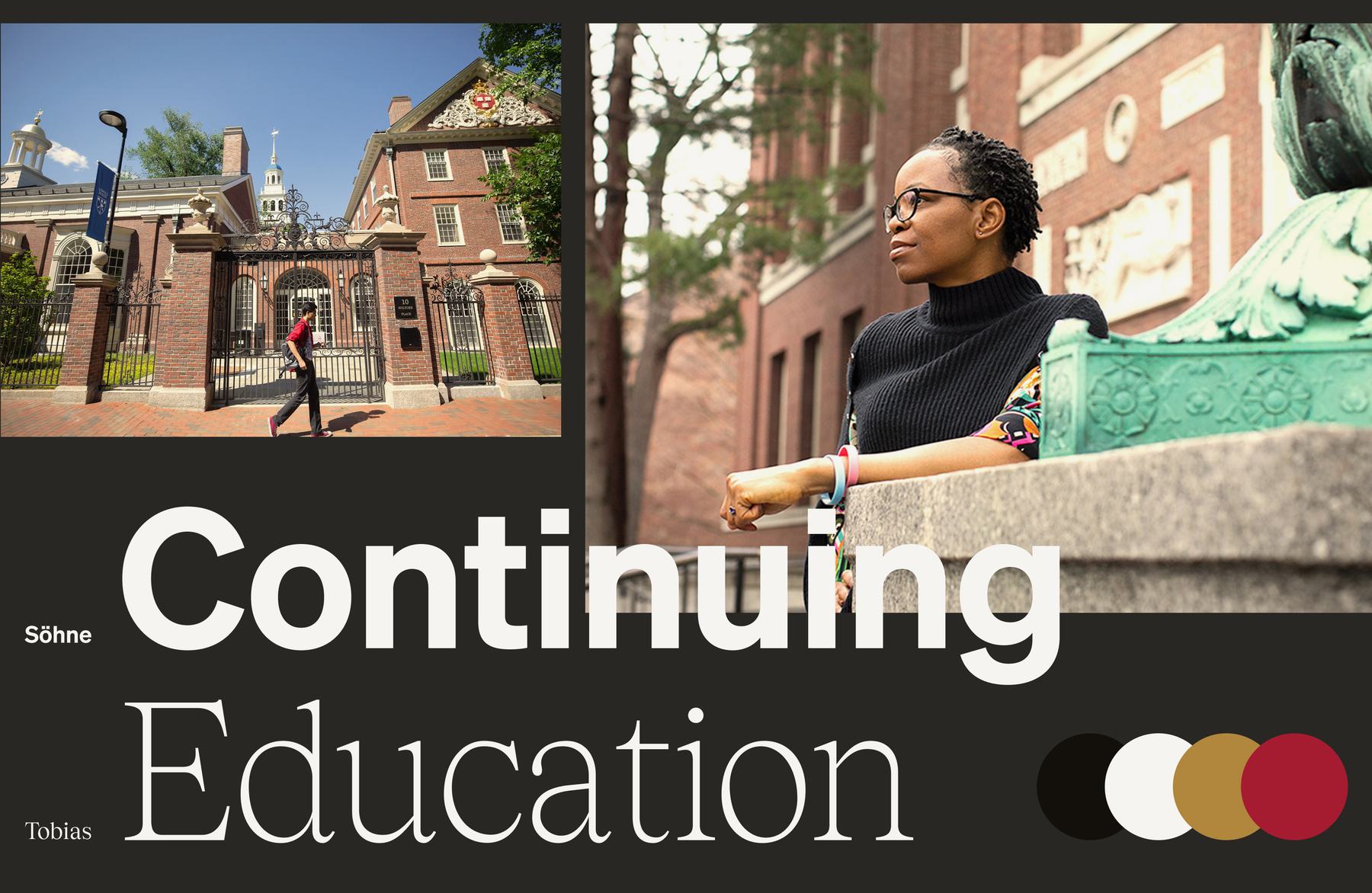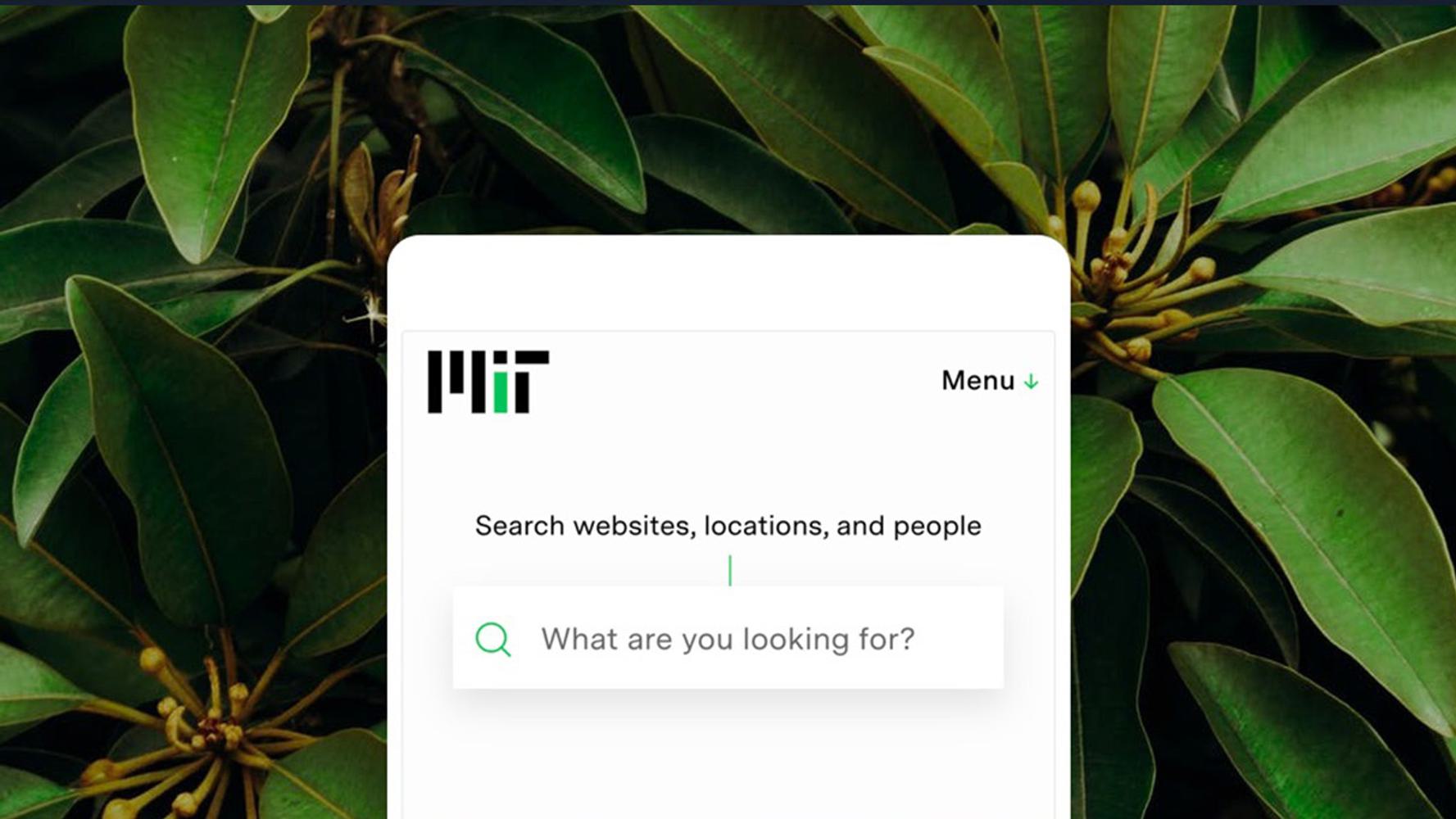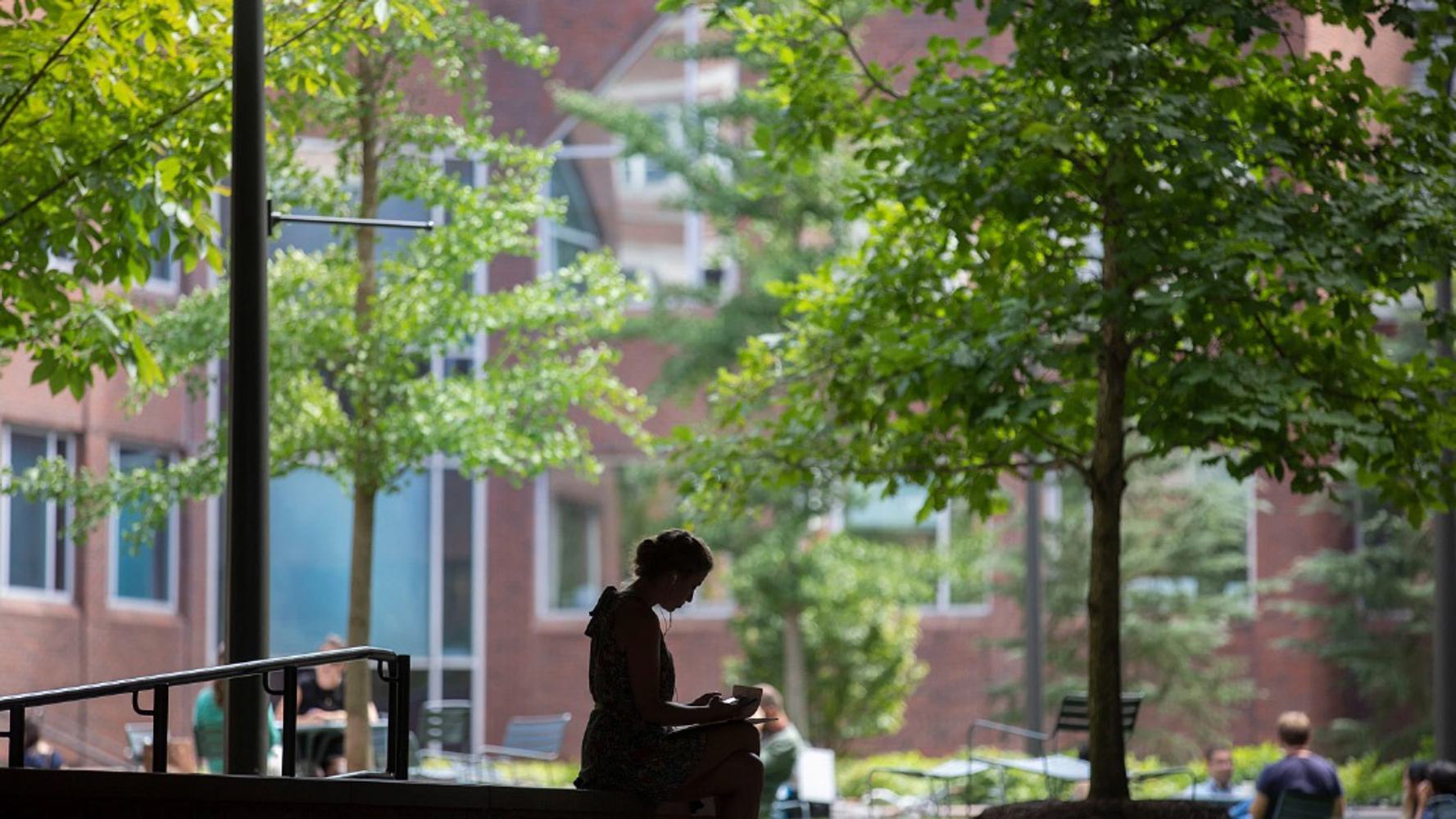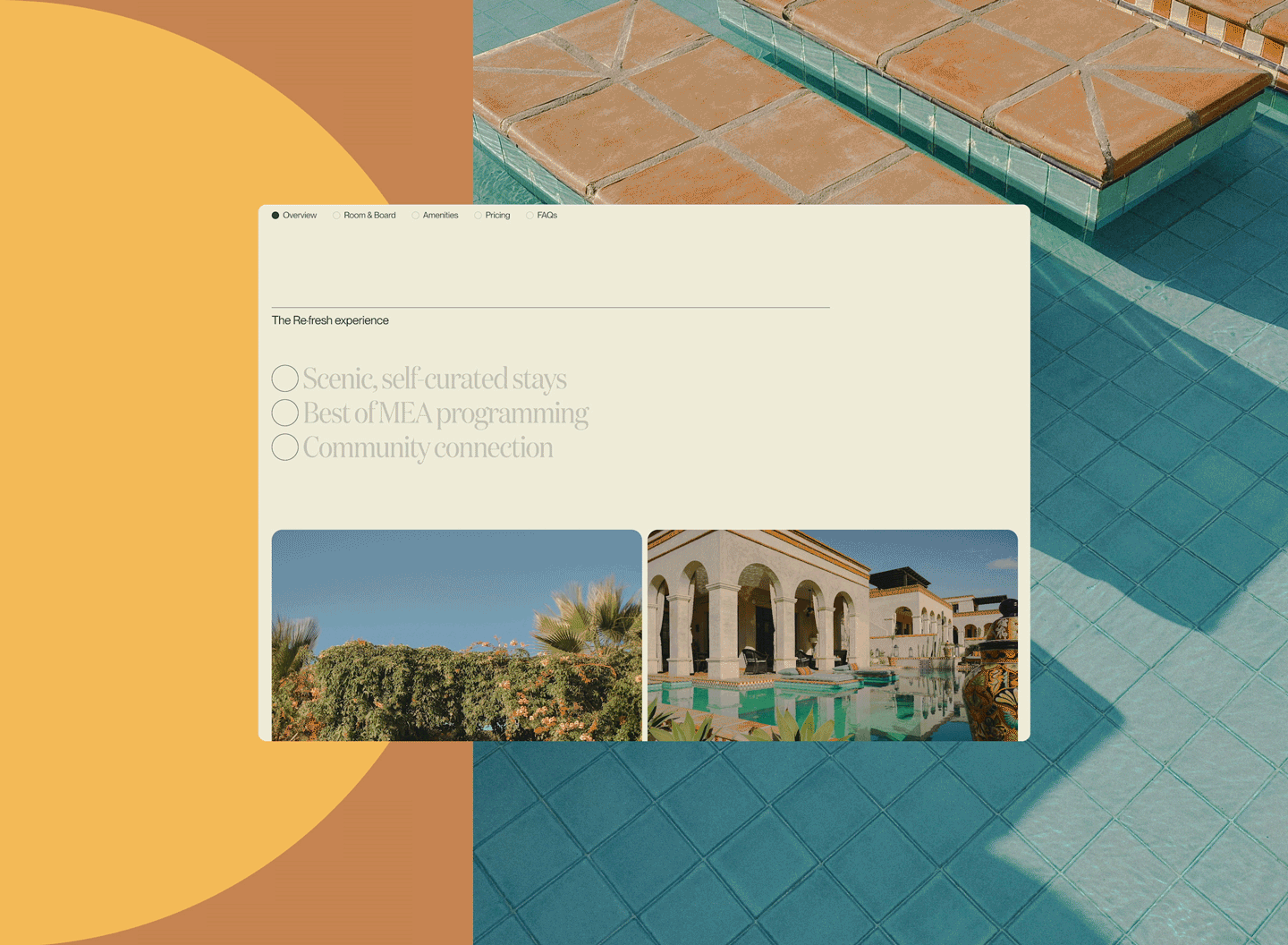Over the years, the sites that make up the Harvard DCE online ecosystem became disorganized and no longer accurately represented their offerings. Programming had grown and changed since their last site design and Harvard site editors had trouble making updates. The overall brand system became somewhat undefined and confusing. Our goal was to create an institutional site and design system that worked across a large amount of content and varying content strategies for the different schools and sub-brands within Harvard DCE.
Harvard DCE is the largest degree-granting school on campus and serves almost 30,000 learners annually. Compare that with their average undergrad class of only 1,700, and you’ll start to get a sense of how important these sites are to their organization.

This, of course, also meant lots of stakeholder involvement. Our team often met with groups of 40+ stakeholders at a time to make sure they were aligned and excited. We worked closely with a core team of ten people who represented different schools and functions, and who would attend regular meetings with us. We relied on this group as the main conduits of information to the broader Harvard universe, and coached them on how to socialize in-progress work and project status to the larger team. Overall it was a great collaboration — the DCE team were amazing subject matter experts which allowed us to get to a product and content strategy that will grow with them for years (and tens of thousands more students) to come.
Are you thinking about a big project with many stakeholders? We’d love to hear from you!





